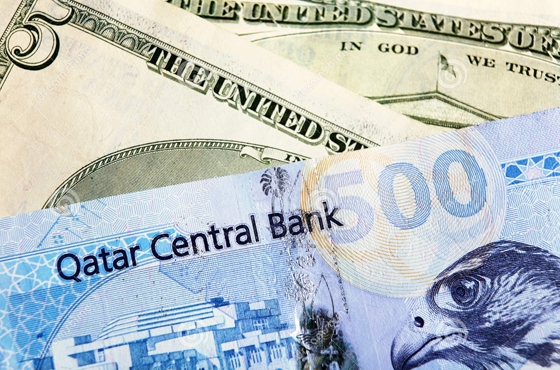Qatar's spending is likely to remain high as the government's capital expenditure (Capex) may reach QR437bn ($120 billion) by 2020, the likely peak of the expected project spending, a new report has shown.
According to Morgan Stanley Research, this would cover roughly 55% of the nearly QR772bn ($212bn) total public project pipeline in its analysis.
Government and public-sector entities account for more than 75% of all project- award cashflows prior to the 2022 FIFA World Cup.
In this context, Morgan Stanley said suggestions of authorities' recently heightened focus on "on-time" and "in-budget" infrastructure projects are likely to support broader budget controls, particularly given recent examples of large-scale project overruns that have required phasing and/or scaling back to ensure completion.
"We see this as all the more important given the World Cup's de-facto deadline, and subsequent potential for capacity constraints and secondary inflationary effects," Morgan Stanley said.
The analysis shows that the public sector will account for over 80% of Qatar's announced project pipeline (including oil and gas) between now and 2022, equating to projects worth $212bn, citing Meed Projects.
"This clearly makes the authorities' tighter project management and oversight a key factor in not only the rate of project spending but also the amounts," the report said.
A Morgan Stanley analysis of government-owned projects awarded since 2010 suggests that a peak was reached in 2012, with projects completed in the year overrunning original budgets by almost $4bn. Such projects were largely in the transport and construction sectors.
On whether the lower prices impact Qatar's planned infrastructure spending, Morgan Stanley said: "We think it unlikely that an even prolonged period of lower oil prices will cause material reductions or delays in planned public infrastructure spending. Firstly, we believe the authorities will continue to work to the de-facto deadline of the 2022 FIFA World Cup.
"Secondly, more conservative fiscal budgeting and improved project management should improve sustainability. Finally, Qatar's large public reserves remain a significant, if last-resort, backstop.
"That said, one important effect may be reduced deposit formation and lower liquidity in the banking sector, which may pressure funding costs. Historically, Qatar banks' share prices have shown a relatively strong correlation with the oil price, although this relationship seems to have broken down since the start of the 'Arab Spring' in early 2010."
Although expected to remain one of the fastest-growing economies in emerging markets, Qatar's "ambitious" program of investment in civil infrastructure appears to have brought with it a "subtle yet important shift" in domestic authorities' macroeconomic priorities.
"After years of strong, if volatile, GDP growth, we think focus is now on a steadier, more sustainable development," Morgan Stanley said.
Debt balance to shrink
Qatar's outstanding government debt is expected to reduce by two-thirds this year, Morgan Stanley says in a report.
The country's debt to GDP ratio is already quite low by emerging market (EM) standards; the report said and added that Qatar's focus is now on "improving efficiency".
Key to the revived focus on sustainability, Qatar's government debt balance is expected not only to shrink further below EM average levels, but also to shift in composition.
Gulf Times
9 November
























































